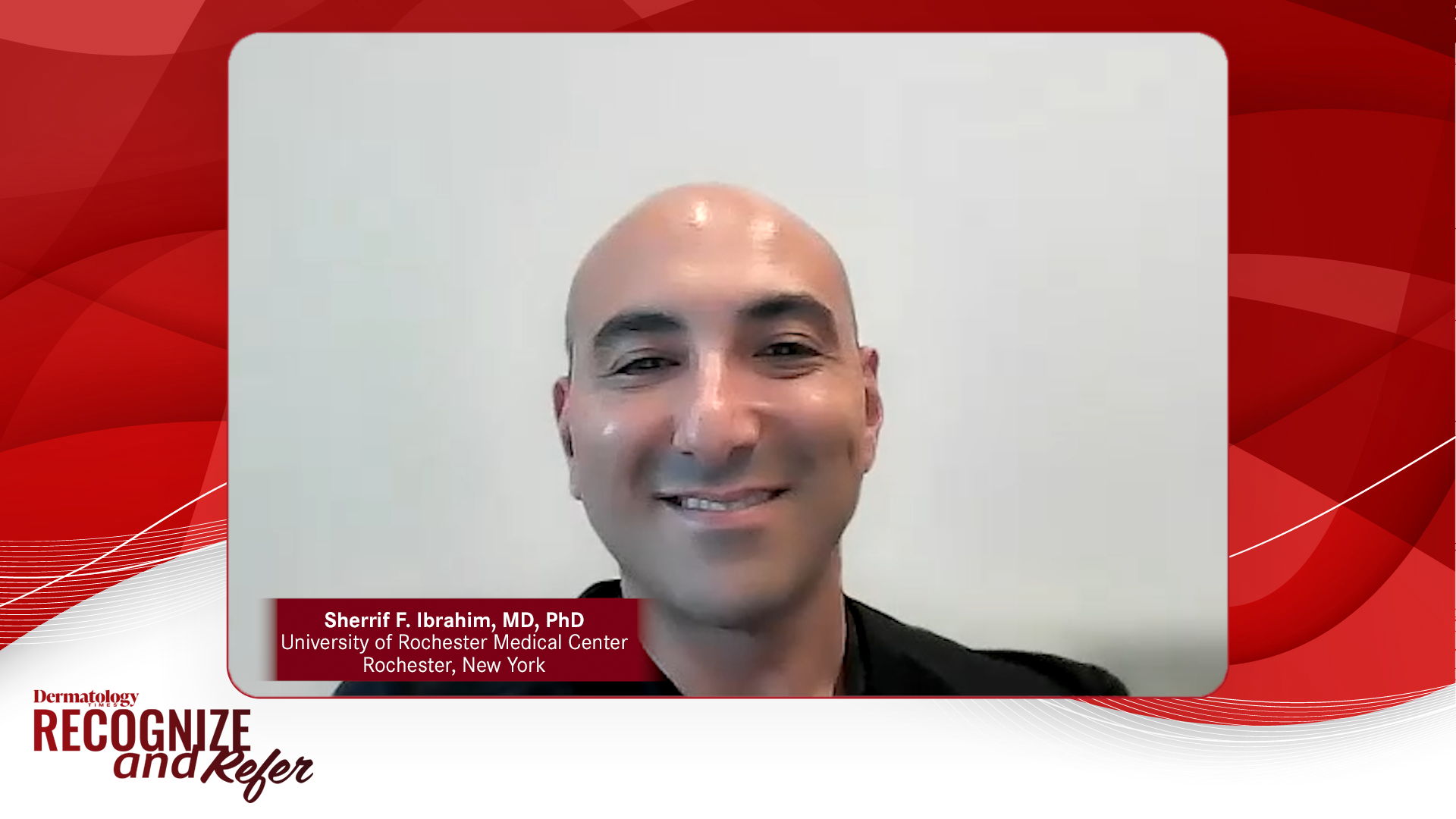- Acne
- Actinic Keratosis
- Aesthetics
- Alopecia
- Atopic Dermatitis
- Buy-and-Bill
- COVID-19
- Case-Based Roundtable
- Chronic Hand Eczema
- Drug Watch
- Eczema
- General Dermatology
- Hidradenitis Suppurativa
- Melasma
- NP and PA
- Pediatric Dermatology
- Pigmentary Disorders
- Practice Management
- Precision Medicine and Biologics
- Prurigo Nodularis
- Psoriasis
- Psoriatic Arthritis
- Rare Disease
- Rosacea
- Skin Cancer
- Vitiligo
- Wound Care
Article
CDC: Skin cancer treatment costs ‘skyrocketing’
A new government study suggests costs related to nonmelanoma skin cancer and melanoma treatment have skyrocketed relative to other cancers, increasing by 126 percent to more than $8 billion.
A new government study suggests costs related to nonmelanoma skin cancer and melanoma treatment have skyrocketed relative to other cancers, increasing by 126 percent to more than $8 billion.
The average annual skin cancer treatment cost rose 126 percent - from $3.6 billion in 2002 to 2006, to $8.1 billion from 2007 to 2011. That’s compared to an average annual treatment cost increase of 25 percent for all other cancers during the same period.
The Centers for Disease Control and Prevention study analyzed adult skin cancer data between 2002 and 2011, using the Medical Expenditure Panel Survey. Researchers compared average costs during the two five-year periods.
When Dermatology Times asked lead author Gery Guy, Ph.D., of the CDC’s Division of Cancer Prevention and Control, to breakdown those findings, he said the rise in skin cancer treatment costs was attributed to two things: The average annual number of people being treated for skin cancer increased from 3.4 million in 2002 to 2006 to 4.9 million in 2007 to 2011, and there were substantially higher inpatient setting costs for skin cancer treatment. Costs did not increase or decrease significantly for services provided in physicians’ offices or outpatient centers, Dr. Guy says.
“In the first period (2002 to 2006), about 8 percent of costs were incurred in the inpatient setting. But in the most recent period (2007 to 2011), about a third of costs were in the inpatient setting,” Dr. Guy says. “One thing this study shows is the substantial costs associated with skin cancer treatment in the United States, but it’s important to keep in mind that it also shows the potential for savings that could be accrued through skin cancer prevention efforts.”
Next: Making skin cancer a 'national priority'
Dermatologist Brett Coldiron, M.D., president of the American Academy of Dermatology, tells Dermatology Times that with almost 5 million Americans diagnosed with skin cancer each year, this report emphasizes the need to make skin cancer a national priority.
“This study validates the role of screening and prevention programs as a mechanism to reduce the incidence of skin cancer and its related costs,” says Dr. Coldiron, who is in private practice in Cincinnati. “In recent years, we have seen a number of new breakthroughs for the treatment of melanoma, and these drugs are expensive, but only comprise a small part of the total cost. The majority of skin cancers are treated very cost efficiently by dermatologists in the office setting.
“The reason the cost of treating skin cancer has gone up so much is because there’s been such a big increase in the total number of skin cancers. But a patient should never bear economic hardship in order to undergo treatment for a serious disease like skin cancer - it is going to require all stakeholders to find a solution,” he says. “AAD believes we have a societal responsibility to help manage the rising cost of care - along with government agencies, insurance companies, pharmaceutical companies, patient groups and policymakers. The country’s rising healthcare costs are a complex issue, with many factors at play. Physicians are just one part of a larger cost equation.”
The study findings were published online Nov. 9 in the American Journal of Preventive Medicine.
Reference: Guy GP, Machlin SR, Ekwueme DU, Yabroff KR. Prevalence and costs of skin cancer treatment in the U.S., 2002-2006 and 2007-2011. Am J Prev Med. 9 Nov 2014 [Epub ahead of print]. http://www.ajpmonline.org/article/S0749-3797(14)00510-8/abstract
Related content:
Melanoma mortality rate 5 times higher in developed countries















